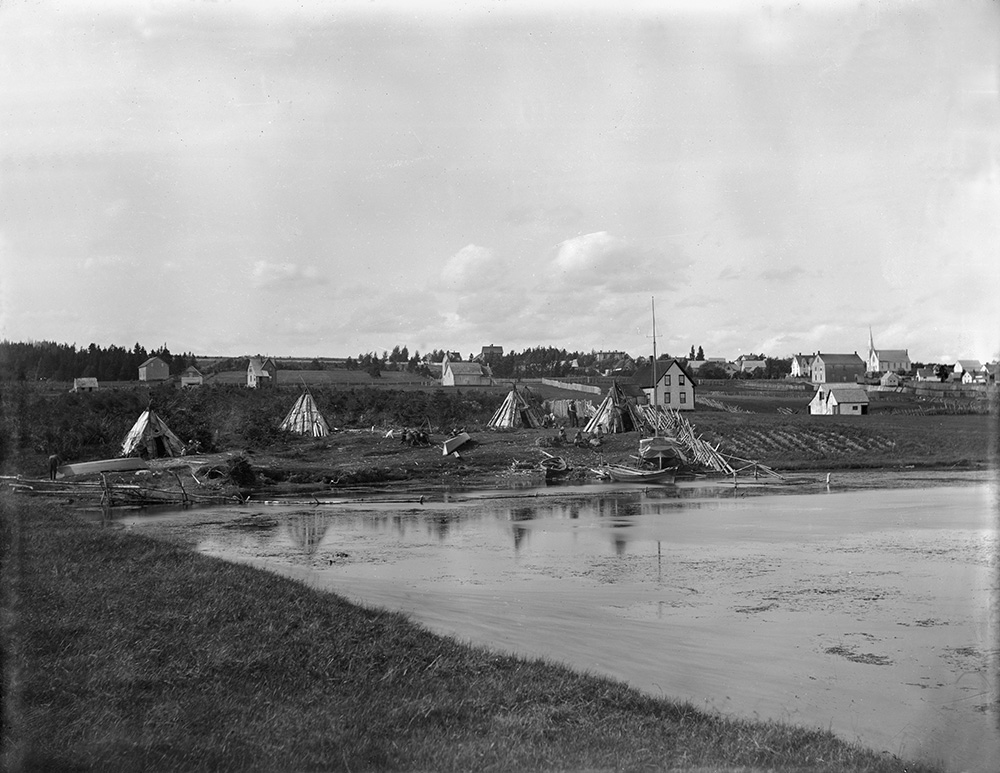Mi’kmaq country very quiet, no bustle; their Rivers make gentle murmur; trees sigh like young woman; everything beautiful.
– Peter Paul, 85, 1865
Student Learning
I will:
- Explain how my community got its name
- Explain how landforms describe my community
- Identify major water forms in New Brunswick
- Investigate the origin of an Indigenous community’s name
- Create a poem, song, or speech about the effects on a community and its landforms if they are altered
Many of the origins of place names in New Brunswick are from Indigenous people. In the stories of Klu’skap Keluwoskap, for example, there are often explanations for landmarks. In other cases, place names have a historical origin. The geography of every community had a definite bearing on the culture, traditions, beliefs, attitudes, and ways of living of its people. This lesson focuses on the geography of communities and landmarks in New Brunswick starting with their names. Indigenous people understand that land is not owned by anyone. This is why land was non-ceded territory in any treaty negotiations. Although the communities of the Indigenous people in New Brunswick are present-day reserves, that is not the focus of this lesson.

The place in this photo is not recorded. Do you know where it is? What land and water forms does it have? What different kinds of housing? What name, based on what you see, could you give it? (Esgenoôpetitj)




